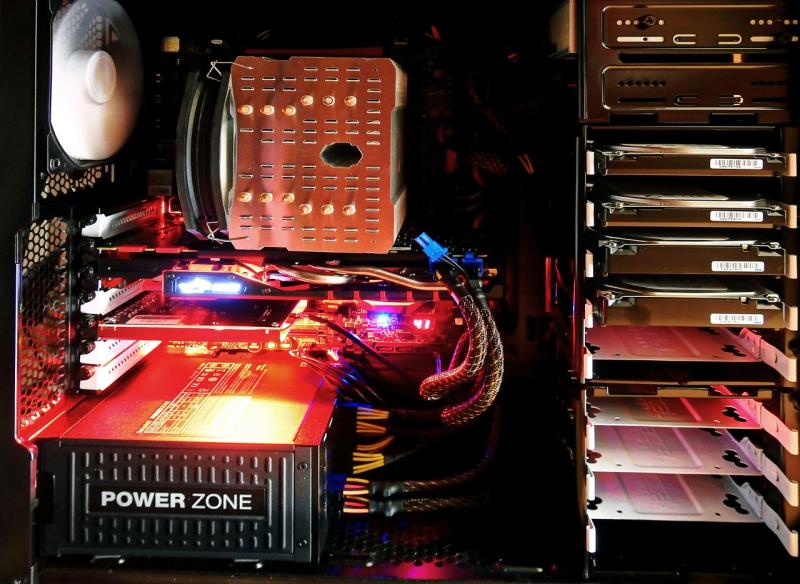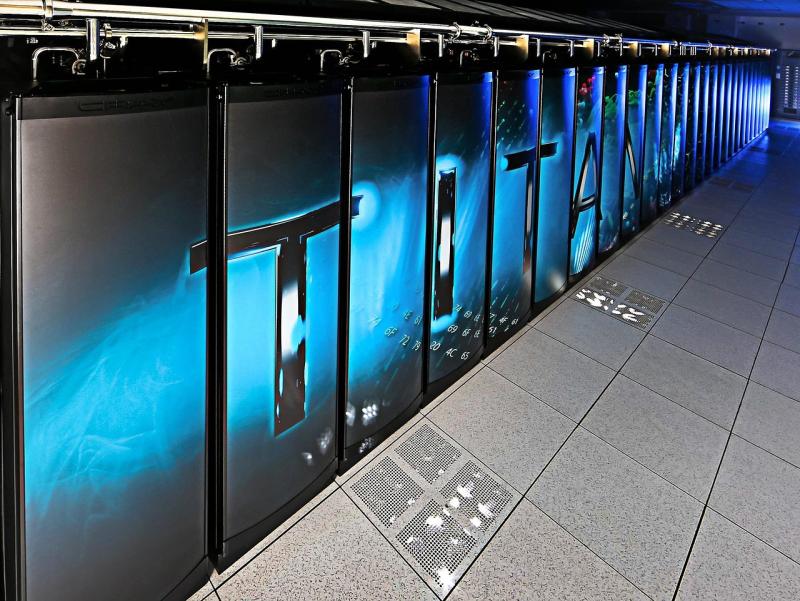Revolutionizing Healthcare Diagnostics
In modern healthcare, the accuracy and speed of medical imaging and analysis are critical to diagnosis and treatment. Radiologists, clinicians, and researchers increasingly depend on advanced imaging modalities—such as MRI, CT scans, and ultrasound—to deliver precise insights into patient health. A custom PC built specifically for medical imaging becomes an indispensable diagnostic tool, offering the processing power and display fidelity required to analyze high-resolution images in real time. This extended guide explores the key components, system optimizations, and future-proofing strategies essential for designing an advanced workstation that meets the rigorous demands of medical imaging and analysis.
#### High-Performance Processing for Imaging Workloads
Medical images are extraordinarily detailed and require substantial computational resources for image reconstruction, segmentation, and 3D rendering.
- **Multi-Core Processing:**
To quickly process large datasets and complex algorithms, select a processor with a high core count and strong single-thread performance. Processors from the Intel Xeon or AMD Ryzen/Threadripper families offer the necessary power and reliability to manage concurrent imaging tasks, enabling clinicians to view and analyze data with minimal delay.
- **Optimized Computational Throughput:**
Advanced imaging software that incorporates CAD (computer-aided diagnosis) or AI-driven segmentation benefits from a CPU optimized for high-frequency operations and efficient parallel processing. Hardware virtualization features (such as Intel VT-x or AMD-V) also enhance the system’s ability to run multiple applications simultaneously, a critical requirement for facilities that use diverse imaging software concurrently.
#### GPU Acceleration: The Backbone of Real-Time Imaging
In the realm of medical imaging, GPU acceleration is instrumental in accelerating complex visualizations and computational tasks.
- **Dedicated Graphics Cards:**
High-end GPUs—such as NVIDIA’s Quadro or AMD’s Radeon Pro series—are designed for professional imaging applications. These cards enable rapid rendering of high-resolution images, support real-time 3D reconstruction of medical scans, and facilitate advanced post-processing techniques.
- **Parallel Processing and Compute Frameworks:**
Utilizing frameworks like CUDA and OpenCL, the GPU can handle parallelized algorithms that significantly reduce the turnaround time for image processing and diagnostic modeling. This acceleration proves indispensable when applying machine learning algorithms for predictive analysis or image segmentation, ultimately enhancing diagnostic precision and workflow efficiency.
#### Memory and Storage: Handling Massive Image Data
Medical imaging generates enormous volumes of data. Efficient access and storage of these files are as critical as processing speed.
- **Ample, High-Speed RAM:**
A minimum of 32GB, or even 64GB or more, of high-speed DDR4/DDR5 memory allows the system to load, manipulate, and analyze multiple high-resolution images without lag. Memory capacity directly influences the speed at which the system can handle simultaneous image processing tasks and multi-layer diagnostic overlays.
- **Ultra-Fast NVMe SSDs:**
NVMe SSDs, with their lightning-fast read/write speeds, are essential for reducing boot times, rapidly launching imaging software, and ensuring near-instant access to large DICOM files and other critical image data.
- **Redundant and Scalable Storage Solutions:**
A hybrid storage configuration combining NVMe SSDs for active projects and high-capacity HDDs or secondary SSDs for archival data is recommended. RAID configurations (e.g., RAID 1 or RAID 5) further protect patient data by offering redundancy and increased fault tolerance—critical for compliance with medical data preservation standards.
#### Display Quality and Imaging Precision
Accurate rendering of medical images requires displays that deliver exceptional color fidelity, contrast, and detail.
- **High-Resolution, Color-Accurate Monitors:**
Invest in professional-grade monitors—often featuring IPS or OLED panels—with 4K resolution and high color gamut coverage (such as sRGB or Adobe RGB). These displays ensure that subtle variations in radiographic images are visible, assisting in early and accurate diagnosis.
- **Dual or Multi-Monitor Configurations:**
A multi-monitor setup allows clinicians to compare images, cross-reference patient data, or view imaging software dashboards simultaneously. Ergonomic adjustments and anti-glare screens contribute to a comfortable and precise working environment for long diagnostic sessions.
#### Connectivity, Peripheral Integration, and Data Security
A medical imaging workstation must seamlessly integrate with hospital networks, external data storage devices, and diagnostic peripherals while ensuring the security and integrity of sensitive data.
- **Robust I/O and Networking:**
Equip the motherboard with multiple USB 3.2 ports, Thunderbolt connectors, and high-speed Ethernet or Wi-Fi 6 adapters, allowing fast transfer of imaging files between local and cloud-based systems.
- **Peripheral Support:**
Integration with diagnostic tools such as high-resolution scanners, specialized calibration devices, and external backup drives ensures that the workstation remains versatile and future-proof.
- **Data Security Measures:**
Implementing full-disk encryption, secure boot protocols, and a dedicated firewall safeguards patient data. Additionally, regular firmware and software updates are necessary for protecting against cybersecurity threats, critical for maintaining compliance with healthcare data standards like HIPAA.
#### Cooling, Stability, and Long-Term Reliability
Given the demanding nature of medical imaging applications, the custom PC must maintain operational stability and optimal temperatures over prolonged periods.
- **Efficient Thermal Management:**
Deploy advanced cooling solutions—such as a high-quality air cooling system or a custom liquid cooling setup—designed to operate quietly and effectively under heavy workloads. A well-ventilated chassis with smart fan controllers and dust filters ensures stable performance even during continuous, high-intensity imaging tasks.
- **Stable Power Delivery:**
Selecting an 80 PLUS Gold or Platinum certified power supply guarantees minimal energy waste and provides stable voltage to all components, reducing the risk of hardware failure during critical diagnostic sessions. An uninterruptible power supply (UPS) is also advisable to prevent data loss during unexpected power outages.
#### Software Optimization and Continuous System Monitoring
The software ecosystem of a medical imaging workstation is as vital as its hardware components.
- **Streamlined Operating System and Optimized Drivers:**
A dedicated operating system (preferably a secure Linux distribution or a customized, minimalistic Windows environment) that limits background processes can allocate maximum resources to imaging and analysis applications. Regular updates to drivers and imaging software ensure ongoing compatibility and improved performance.
- **Real-Time Monitoring and Automation:**
Utilize diagnostic and monitoring tools to continuously track system temperatures, performance metrics, and storage health. Automated backup systems and remote management software allow for proactive maintenance and swift intervention if anomalies are detected.
#### Future-Proofing and Scalability
The rapid evolution of imaging technologies and analytical methods necessitates a custom PC design that can grow alongside emerging requirements.
- **Modular Build Architecture:**
Select a motherboard with additional DIMM slots, PCIe lanes, and storage interfaces to facilitate future hardware expansions. A modular chassis and scalable cooling solutions ensure that the system can be upgraded with minimal reconfiguration.
- **Adaptability to Advanced Imaging Software:**
With continuous improvements in AI-based diagnostic tools and imaging algorithms, the workstation should be designed to support new software advancements and computational methods. This forward-thinking design preserves the investment, ensuring that the system remains a cutting-edge tool for medical diagnostics over the long term.
#### Conclusion: Transforming Healthcare Diagnostics
A custom PC for medical imaging and analysis is a critical asset that empowers clinicians and researchers to make life-saving diagnoses quickly and accurately. By integrating a powerful, multi-core CPU, robust GPU acceleration, expansive high-speed memory and storage, and professional-grade displays—all housed within a stable, cool, and secure system—you build a diagnostic powerhouse that can handle the most demanding imaging applications. This future-proof workstation not only accelerates clinical workflows but also offers scalability to adapt to evolving medical technologies, revolutionizing patient care and advancing the frontiers of healthcare diagnostics.
---
### SEO Keywords:
custom PC for medical imaging, medical analysis workstation, high-performance imaging PC, GPU acceleration for radiology, 4K diagnostic PC, healthcare PC build, secure medical workstation, professional imaging retail, scalable medical PC, NVMe SSD imaging computer, future-proof diagnostic PC, advanced cooling medical PC
View our related products
See more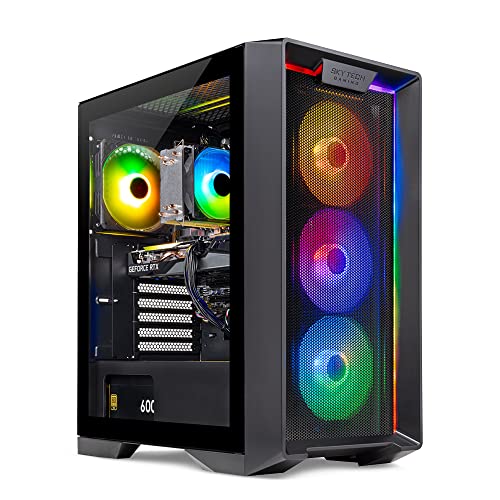
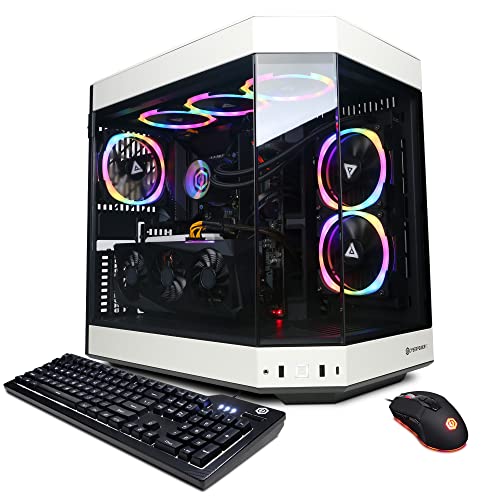
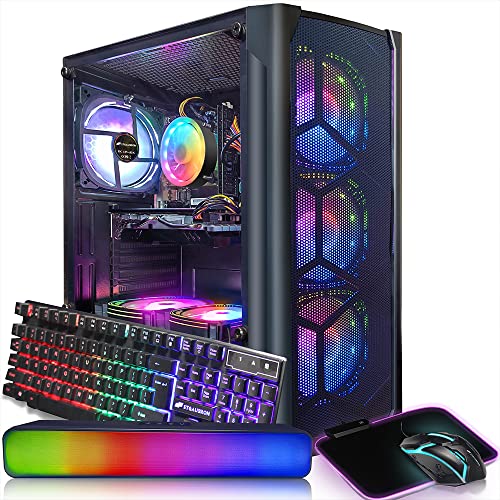
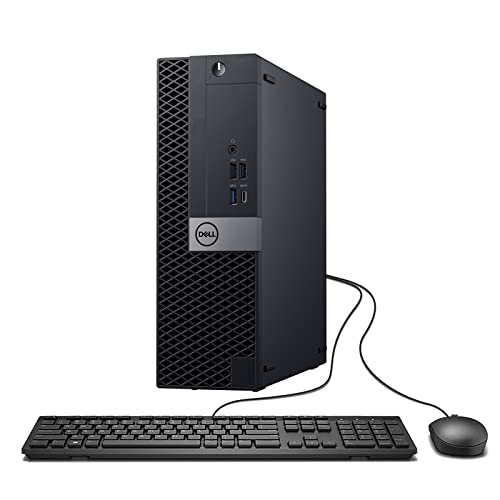
Custom PC for Medical Imaging and Analysis
Related Articles
Essential High-Performance PC Components You Need Now
Upgrade your setup with the must-have parts for unbeatable gaming and productivity
Top Picks for Best High-Performance PCs
Find the perfect power machine for gaming, work, or creative projects
Your Guide to the Best High-Performance PCs
Find the Right PC for Your Gaming and Creative Needs
View our related products
See more



